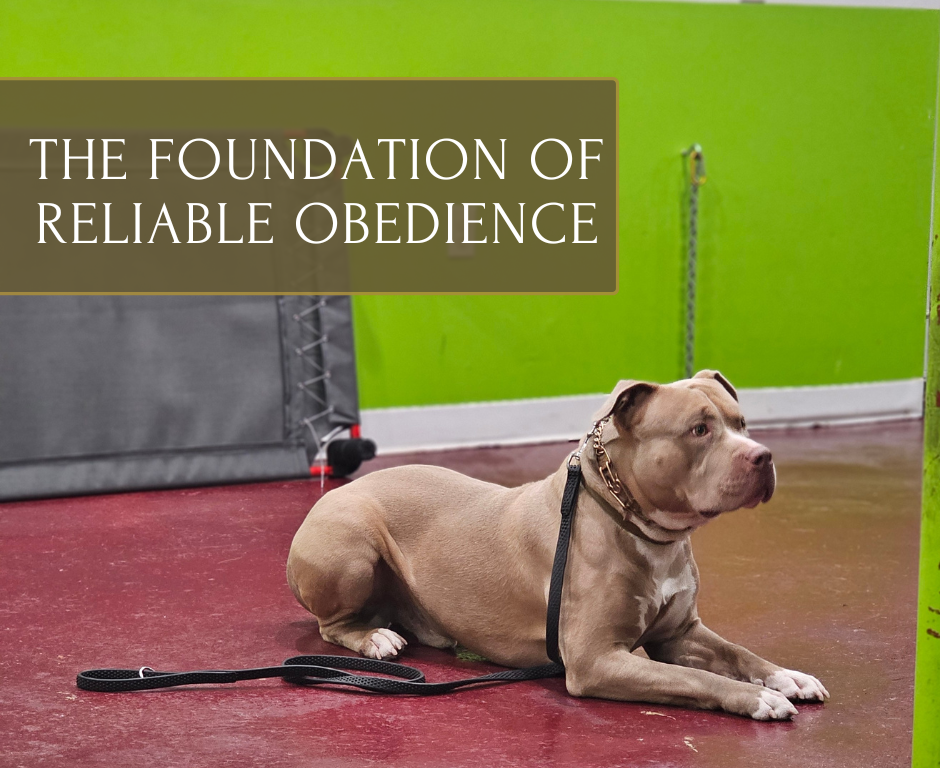Blog Series: How Dogs Learn - The Foundation of Reliable Obedience - Part 1
April 15, 2025

Action – The Catalyst for Learning
Training begins when the dog does something. Before you can shape behavior, your dog has to offer behavior. Action is the foundation. Without it, there’s nothing to reinforce, nothing to redirect, and nothing to learn from. The moment your dog takes action, the learning process starts.
Every time your dog makes a choice, they are collecting data about the world and about you. Whether it’s sitting at your feet or jumping on a guest, the behavior tells you what they’ve learned (or not learned) so far. As trainers, our job is not to prevent action but to allow it so we can guide the outcome.
Too often, dog training starts with micromanagement. We try to prevent mistakes rather than letting dogs try, succeed, or fail with purpose. But allowing action gives us something valuable: a teaching opportunity.
Mistakes are not the enemy—they’re necessary. When a dog pulls on the leash and it doesn’t work out for them, they learn. When they jump on the couch and are redirected calmly but consistently, they learn. Every mistake your dog makes gives them a chance to experience clarity and consequence. This is what lays the groundwork for reliability.
Rather than relying solely on luring or managing every step, we want dogs to take initiative. When a dog acts on their own, they’re more likely to own the outcome and that ownership makes the lesson stick. You’re not just telling them what to do. You’re teaching them how to think.
A dog that is allowed to act, try, fail, and try again becomes more thoughtful. They don’t just respond to commands, they begin to anticipate expectations, make better choices on their own, and become active participants in their own learning process. That’s the goal: not just obedience, but understanding.
Action is where learning begins. It’s the spark that sets everything else in motion. In the next post, we’ll explore how that action forms a lasting impression through memory and how that memory influences your dog’s future behavior.